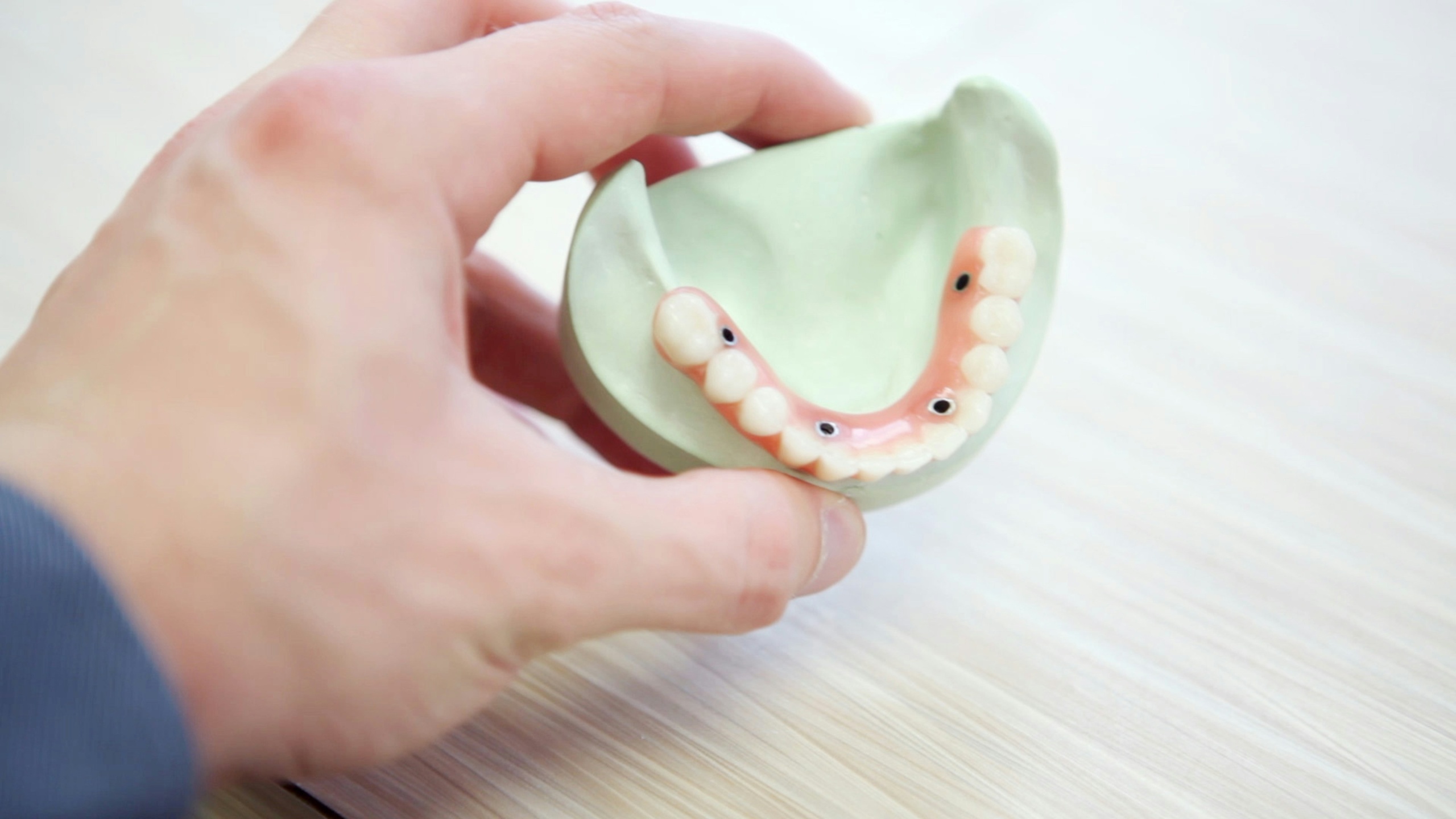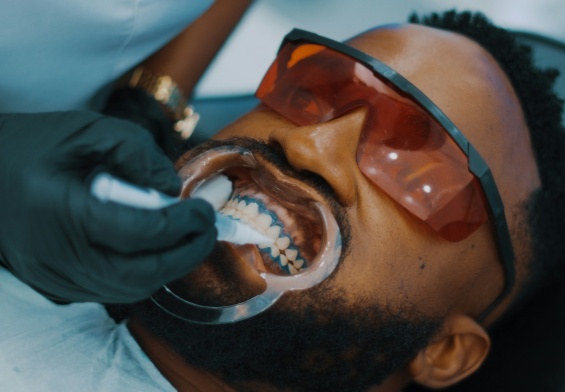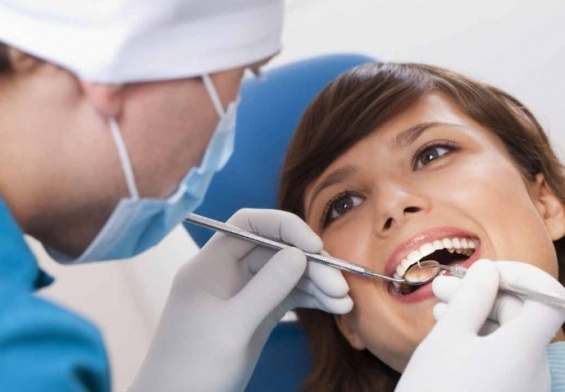Restorative dentistry stands as a pivotal branch of dental care, focusing on the rehabilitation of the dentition to meet both functional and aesthetic needs of individuals. Unlike merely cosmetic procedures, restorative dentistry encompasses a broader spectrum, aiming not only to enhance the appearance of teeth but also to restore their functionality and prevent diseases that can adversely affect oral health. This field of dentistry, integrating the specialties of periodontics, endodontics, and prosthodontics, offers a holistic approach to dental care, addressing issues from gum diseases to tooth loss with a variety of treatments. Whether through the use of braces, dentures, crowns, veneers, or dental implants, restorative dentistry seeks to return patients’ smiles to their original glory and ensure their oral health is maintained at its optimum.
The journey of restorative dentistry from ancient practices to modern-day techniques reflects the evolution of dental care and the continuous strive for better, more effective treatments. Today, the field benefits from advanced technologies and materials that allow for more durable and aesthetically pleasing results. Among the various procedures, dental implants have emerged as a particularly favored option, offering a permanent solution to tooth loss that surpasses traditional dentures in both functionality and appearance. However, the decision to undergo any restorative dental procedure requires careful consideration of several factors, including the patient’s overall health, the condition of their gums and jawbone, and their commitment to post-treatment care. This guide delves into the nuances of restorative dentistry, exploring its benefits, the procedures it encompasses, and its significance in maintaining oral health, with a special focus on the elderly and the provision of in-home care.
The Pillars of Restorative Dentistry
Restorative dentistry is built on three main specialties: periodontics, endodontics, and prosthodontics. Each plays a crucial role in addressing specific dental issues. Periodontics focuses on the health of gums and supporting structures, essential for the success of any restorative procedure. Endodontics deals with the treatment of dental pulp and root issues, often through procedures like root canals, which are vital in preserving natural teeth. Prosthodontics, on the other hand, specializes in the replacement of missing teeth and related structures, using dentures, bridges, and implants, thereby directly contributing to the restoration of dental function and aesthetics.
Restorative Procedures: From Braces to Implants
The array of restorative dental procedures is vast, each tailored to address specific dental concerns. Braces, for instance, correct misalignment and bite issues, significantly improving oral health and functionality. Dentures offer a solution for tooth loss, enabling patients to chew and speak more effectively. Crowns and veneers, constructed from materials like porcelain or ceramic, restore the appearance of damaged or discolored teeth, while dental implants provide a more permanent and stable alternative to dentures, anchoring artificial teeth directly to the jawbone for unmatched durability and comfort.
Special Considerations for the Elderly and In-Home Care
For elderly patients, restorative dentistry holds particular importance, offering solutions that not only improve oral health but also enhance overall quality of life. Dental concerns such as tooth loss and gum disease are more prevalent in older adults, making restorative treatments crucial for maintaining the ability to eat, speak, and smile confidently. In-home care plays a significant role in supporting elderly patients through their restorative dental journey, ensuring they receive the necessary assistance with post-treatment care and routine dental hygiene. In-home caregivers can help manage appointments, provide transportation, and assist with daily oral care, making the process more manageable for elderly individuals and ensuring the success of their restorative treatments.
Navigating the Path to Restorative Dental Care
Choosing to undergo restorative dental treatment is a decision that can significantly impact one’s oral health and overall well-being. Patients considering restorative dentistry should engage in thorough discussions with their dentists to understand the options available, the procedures involved, and the care required to maintain the results. For those facing tooth loss, gum disease, or other dental issues, restorative dentistry offers a path to recovery, restoring both function and aesthetics to their smiles.
Restorative dentistry represents a crucial aspect of dental care, providing comprehensive solutions to a wide range of dental issues. Through the integration of periodontics, endodontics, and prosthodontics, this field addresses the functional and aesthetic needs of patients, enhancing their quality of life. For the elderly, particularly those receiving in-home care, restorative dentistry offers the means to maintain oral health, functionality, and confidence in their smiles. As dental technologies and techniques continue to advance, restorative dentistry will undoubtedly play an increasingly significant role in promoting oral health and well-being for individuals of all ages.




